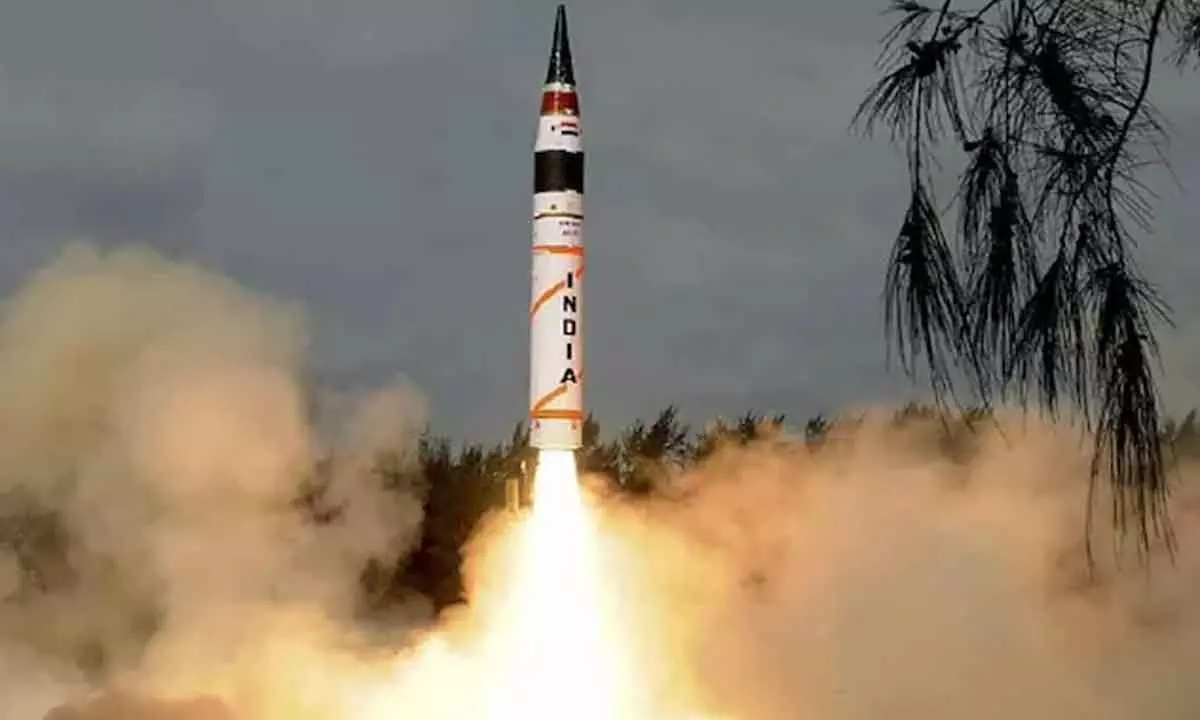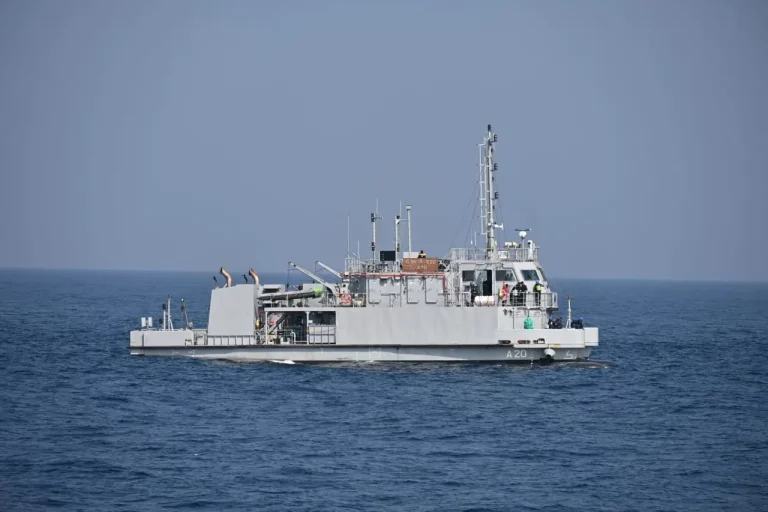Prime Minister Narendra Modi recently announced the successful flight test of the Agni-5 missile, equipped with Multiple Independently Targetable Re-entry Vehicle (MIRV) technology, by the Defence Research and Development Organisation (DRDO). This ground-breaking test, named “Mission Divyastra,” signifies a major leap in India’s defence capabilities, allowing for multiple nuclear warheads to be dispatched to various targets over extensive distances, thus amplifying India’s strategic deterrence power.

India now joins the ranks of a select group of nations, including the United States, Russia, China, the United Kingdom, and France, capable of deploying advanced MIRV missile systems. The preparation for this milestone involved a no-fly zone notification over the Bay of Bengal and the eastern Indian Ocean, hinting at a long-range missile test, with China reportedly monitoring the situation closely.
The Agni-5 missile, a three-stage solid-fueled engine missile with a range exceeding 5,000 kilometers, incorporates homegrown avionics and precision-guidance technology. Although official figures on the number of warheads it can carry are undisclosed, estimates suggest it could be four to five, capable of targeting locations 200-500 kilometers apart.
Agni-5 Missile test not only underscores India’s capacity for nuclear strikes across air, land, and sea but also its completion of a nuclear triad, marked by the INS Arihant’s successful deterrence patrol in 2018. Amidst these developments, the presence of Chinese survey vessels near India, potentially monitoring the missile test, highlights the strategic tensions in the region. Additionally, there are anticipations of India testing its submarine-launched ballistic missile, K-4, further extending its strategic reach and capabilities.
















